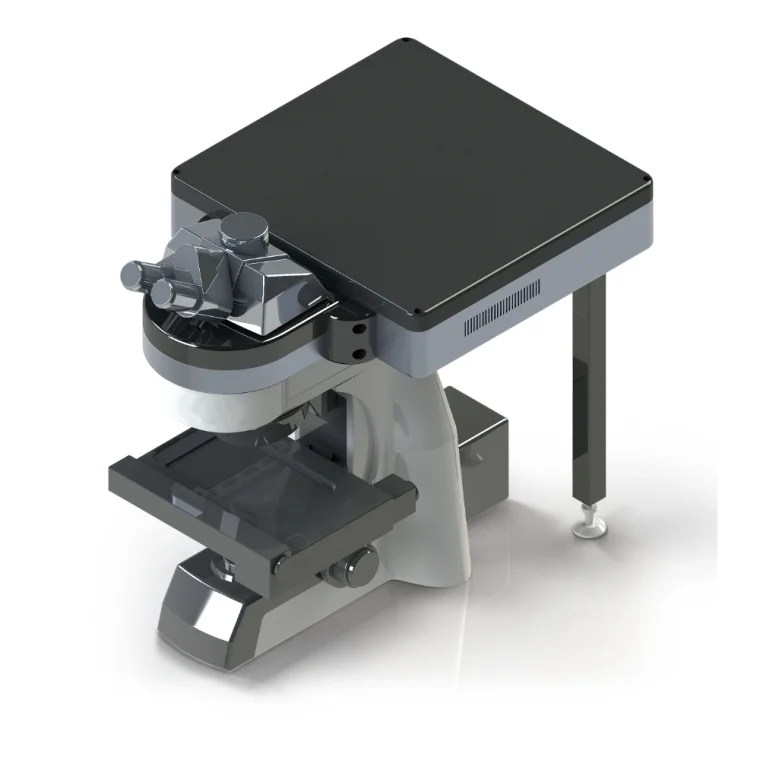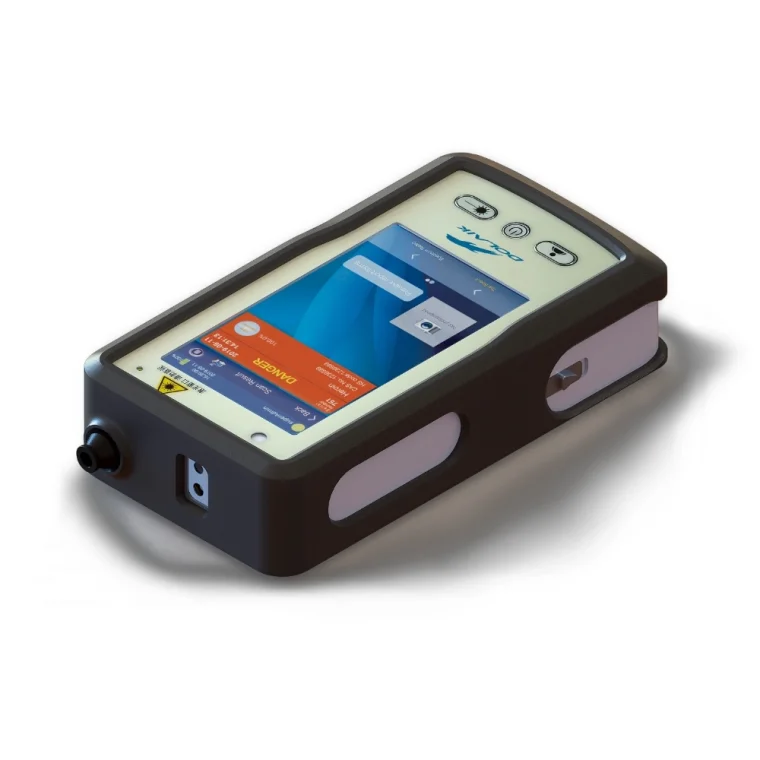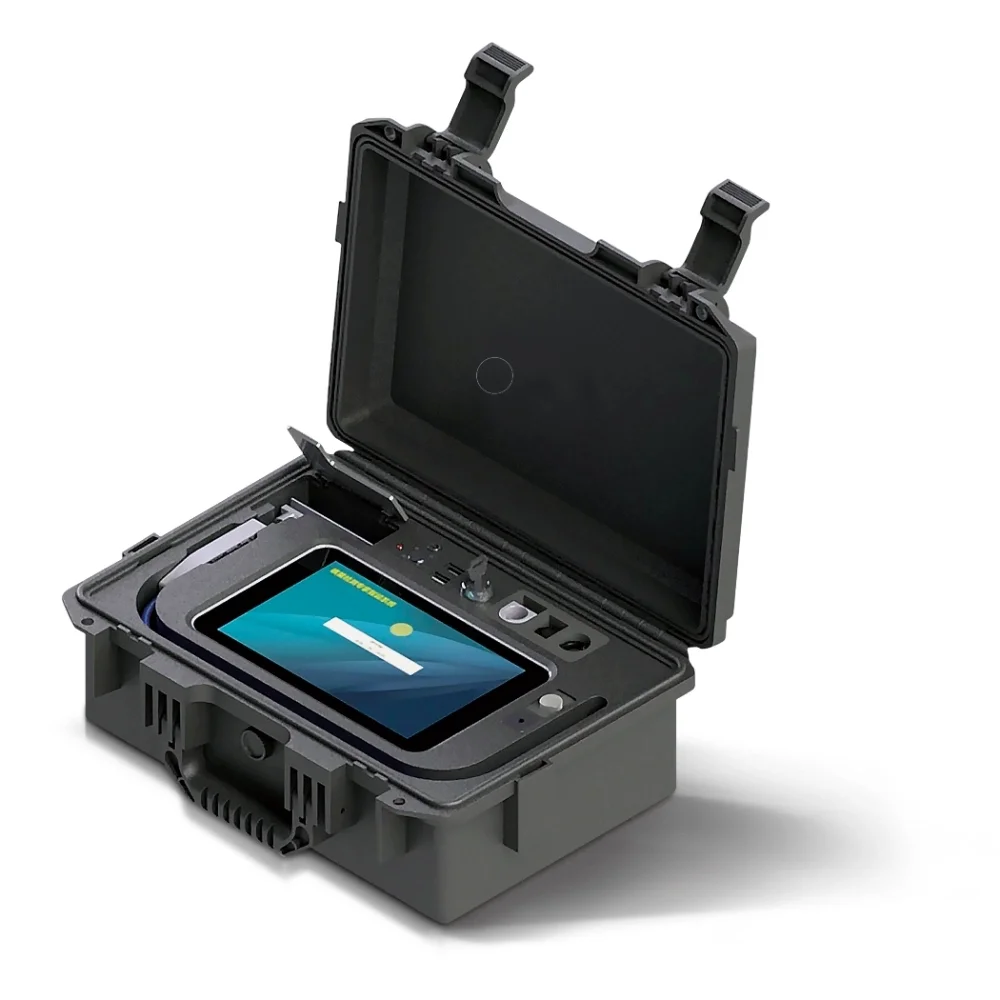How to Use Portable Raman Spectrometers
4 min readRaman spectroscopy is a powerful analytical technique used in various scientific fields, including chemistry, pharmaceuticals, forensics, and materials science. Traditionally, Raman spectrometers were large and stationary instruments, limiting their accessibility and portability. However, advancements in technology have led to the development of portable Raman spectrometers, offering convenience and flexibility in analysis. In this article, we will explore how to use portable Raman spectrometers, discussing their capabilities, operation, and applications.
Understanding Raman Spectroscopy
Before delving into the usage of portable Raman spectrometers, it is essential to understand the basic principles of Raman spectroscopy. Raman spectroscopy is based on the Raman effect, which occurs when a sample is irradiated with a monochromatic light source, such as a laser. The interaction between the light and the sample induces a phenomenon called inelastic scattering, resulting in energy shifts known as Raman shifts. These shifts provide valuable information about the molecular composition and structure of the sample.

Capabilities of Portable Raman Spectrometers
Portable Raman spectrometers offer several capabilities that make them advantageous in various applications:
1. Mobility:
The primary advantage of portable Raman spectrometers is their mobility. These instruments are compact and lightweight, allowing for easy transportation and analysis in various locations. Whether in a laboratory, field, or on-site, portable Raman spectrometers provide flexibility and convenience in performing measurements.
2. Rapid Analysis:
Portable Raman spectrometers are designed for quick analysis. They offer real-time results, providing immediate feedback on the composition and characteristics of the sample. This rapid analysis capability is particularly beneficial in fields such as forensics, where quick identification of substances is crucial.
3. Non-destructive Analysis:
Raman spectroscopy is a non-destructive technique, meaning that it does not require sample preparation or alteration. Portable Raman spectrometers allow for direct analysis of samples without the need for extensive sample handling. This non-destructive nature ensures that the sample remains intact for further analysis or future reference.
4. Versatility:
Portable Raman spectrometers are versatile instruments, capable of analyzing a wide range of samples. They can be used to analyze solids, liquids, gases, and even complex mixtures. This versatility makes them suitable for applications in chemistry, pharmaceuticals, environmental monitoring, and more.
Using Portable Raman Spectrometers
Now let's dive into the steps involved in using portable Raman spectrometers:
1. Preparation:
Before starting the analysis, ensure that the portable Raman spectrometer is charged and ready for use. Check the battery level and connect the instrument to a power source if needed. Additionally, make sure that the instrument is calibrated and the software is up to date.
2. Sample Placement:
Place the sample under investigation in the appropriate sample holder or container. Depending on the instrument, different sample holders may be provided, such as cuvettes for liquid samples or glass slides for solid samples. Ensure that the sample is clean and free from any contaminants that may interfere with the analysis.
3. Laser Alignment:
Align the laser beam of the portable Raman spectrometer with the sample. This is usually done by adjusting the position of the instrument or the sample holder. Proper laser alignment ensures accurate measurements and reliable results.
4. Data Acquisition:
Once the laser is aligned, initiate the data acquisition process. Portable Raman spectrometers typically have user-friendly interfaces and software that guide users through the data acquisition process. Follow the on-screen instructions to start the measurement, ensuring that the instrument is in the appropriate measurement mode (e.g., single spectrum or scanning).
5. Data Analysis:
After acquiring the Raman spectra, analyze the data to extract meaningful information about the sample. Portable Raman spectrometers usually come with software that allows for data processing, such as spectral analysis, peak identification, and qualitative or quantitative analysis. Familiarize yourself with the software and utilize the available tools to interpret the obtained spectra effectively.

Applications of Portable Raman Spectrometers
Portable Raman spectrometers find applications in various fields:
1. Pharmaceutical Analysis:
Portable Raman spectrometers are valuable tools in pharmaceutical analysis, enabling quick identification and verification of drug compounds. They can be used for in-situ analysis of raw materials, quality control, and counterfeit detection.
2. Forensic Science:
In forensic science, portable Raman spectrometers are utilized for on-site analysis of evidence. They aid in the identification of substances such as drugs, explosives, and trace evidence, helping investigators gather valuable information quickly.
3. Environmental Monitoring:
Portable Raman spectrometers play a role in environmental monitoring, allowing for in-situ analysis of pollutants, contaminants, and hazardous substances. They can be used for on-site monitoring of water quality, air pollution, and soil analysis.
4. Materials Science:
In materials science, portable Raman spectrometers are used to analyze the structure and composition of various materials, including polymers, ceramics, and semiconductors. They aid in characterizing materials, investigating phase transitions, and identifying impurities or defects.

Conclusion
Portable Raman spectrometers have revolutionized the field of spectroscopy, offering convenience, mobility, and rapid analysis capabilities. Understanding the basic principles of Raman spectroscopy and the capabilities of portable instruments is essential for their effective utilization. By following the steps outlined in this article, users can confidently operate portable Raman spectrometers and unlock their potential in various applications, including pharmaceutical analysis, forensic science, environmental monitoring, and materials science. With the continued advancements in technology, portable Raman spectrometers are poised to become even more versatile and accessible, further expanding their impact in scientific research and practical applications.
How Does A Portable Spectrometer Work
Tietai
dolaik@163.com
